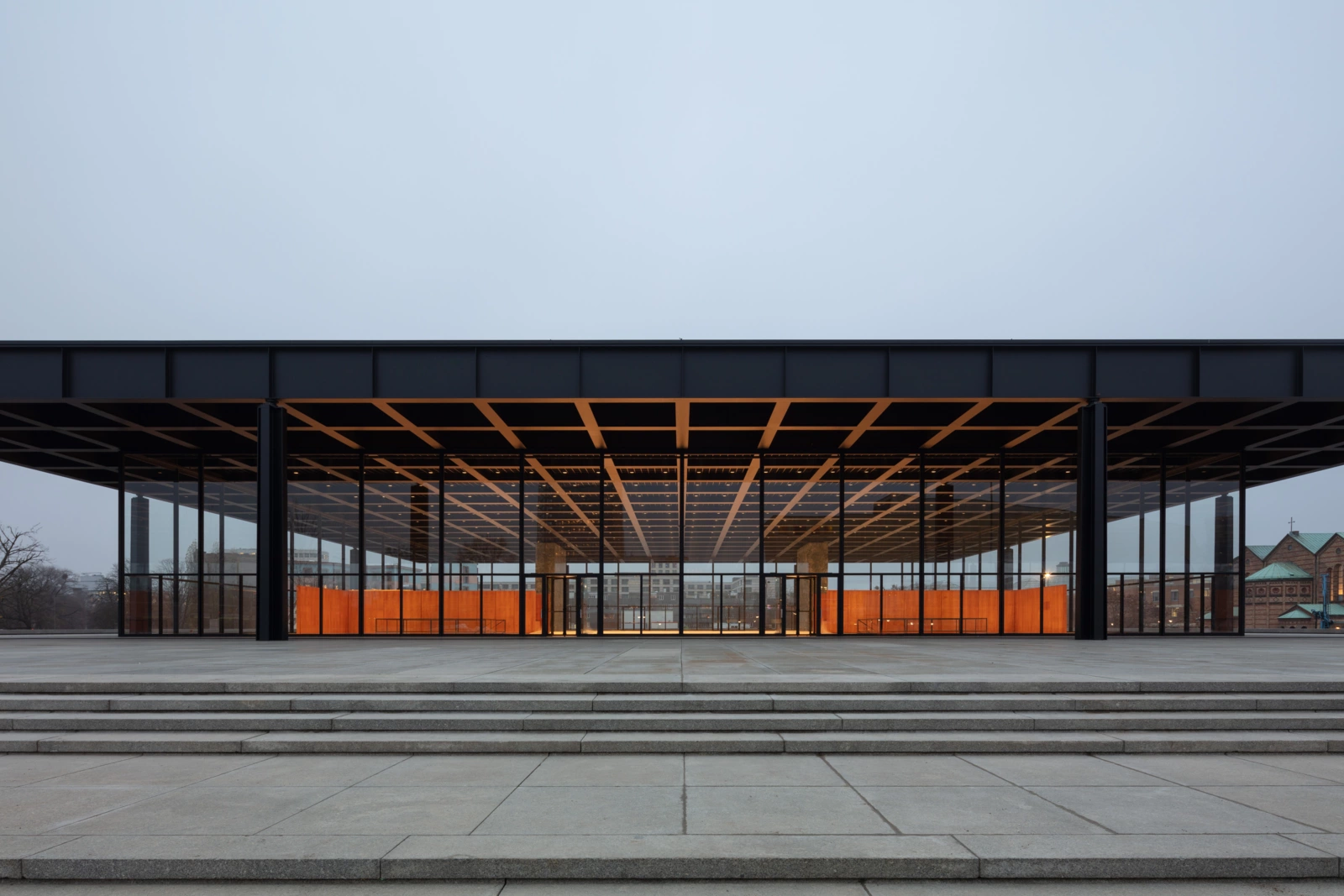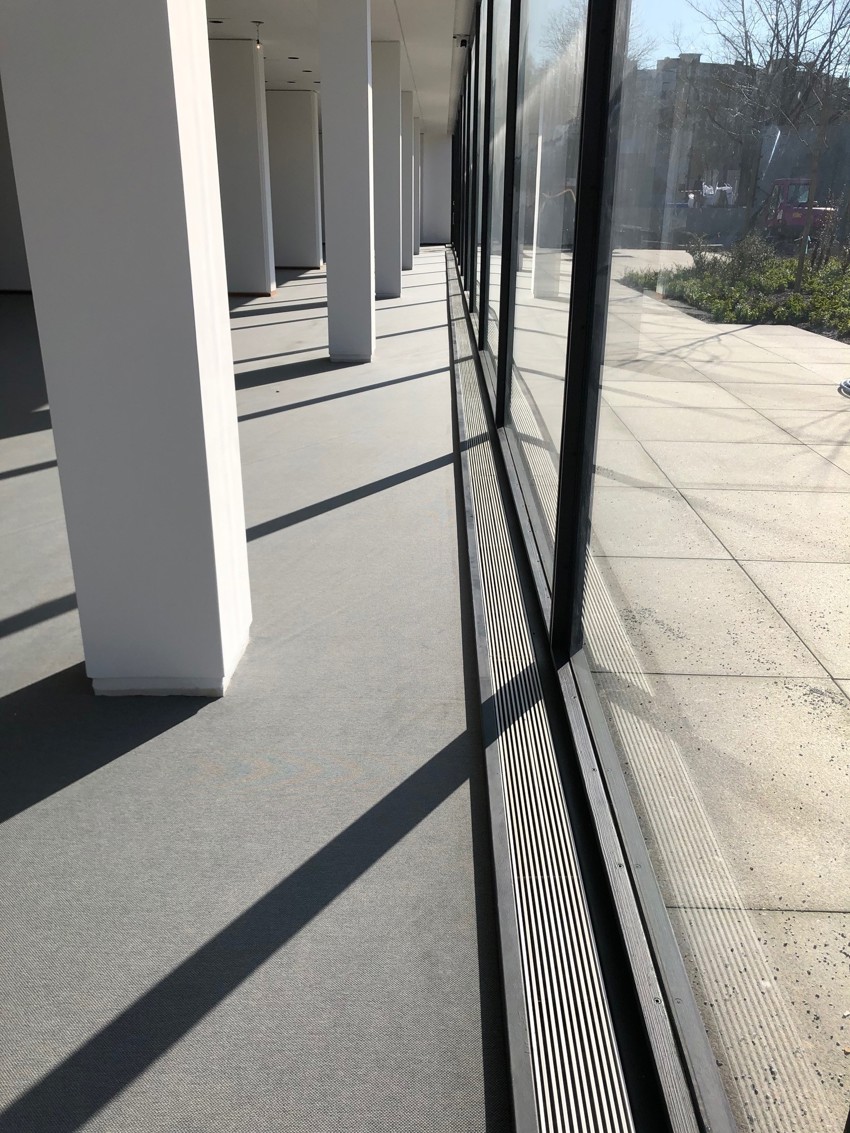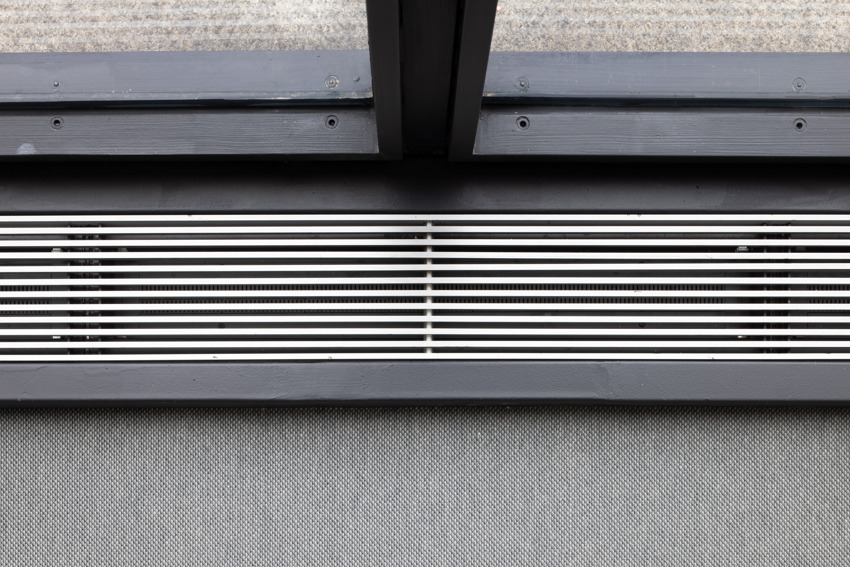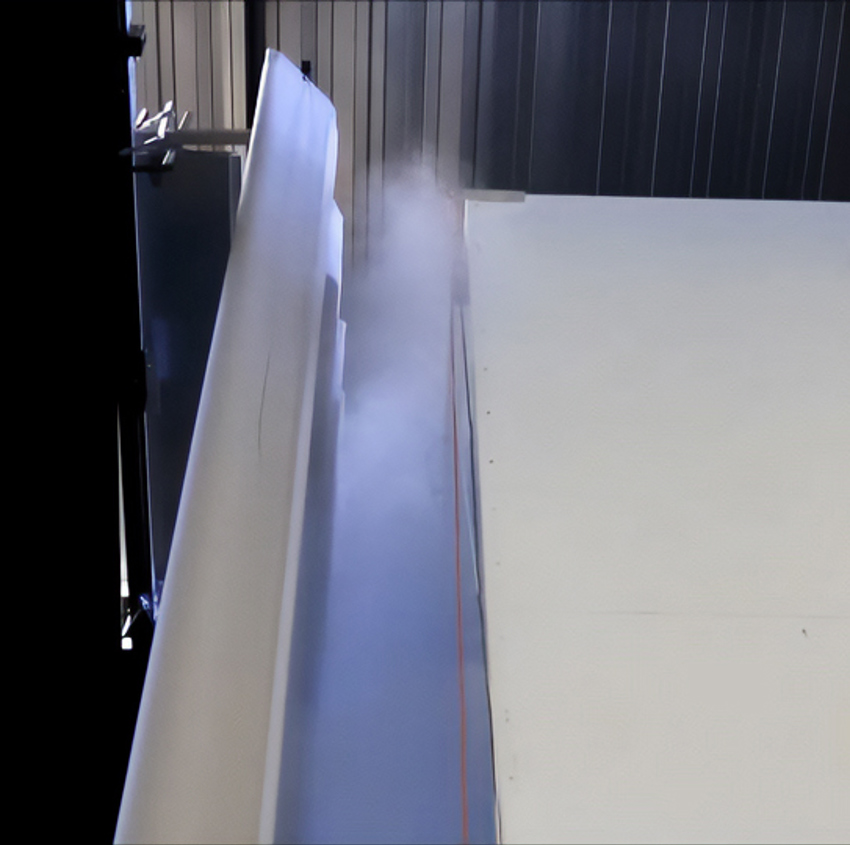
A sustainable renovation that meets aesthetics
Products were refurbished and used again, and solutions were custom made to ensure an indoor climate that preserves the gallery's artwork and cares for the people inside.
This is the Neue Nationalgalerie in Berlin
Translated as the New National Gallery, this building was built in Berlin between 1965 and 1968 according to the architectural plans by Ludwig Mies van der Rohe. The Neue Nationalgalerie is one of the most significant examples of modern architecture worldwide. Its filigree steel structure, spacious, fully glazed exhibition hall and clear geometry make it an icon that not only shapes the identity of the city but also represents a sensitive heritage both of architecture and indoor climate technology.
Indoor climate and art protection
The challenge of the renovation, carried out between 2015 and 2021 in accordance with conservation guidelines, was to preserve the original architecture in all its facets while meeting the requirements for air conditioning and art protection, energy efficiency and sustainability.
SLT by Swegon, located in Lingen and a renowned specialist for indoor climate technology, was able to contribute to this by renovating, revising and re-supplying ventilation components and by developing a tailor-made façade curtain that respects the building’s history while also pointing to the future.
More about SLT

Air conditioning as multiple protection
The exhibition hall of the Neue Nationalgalerie poses a particular indoor climate challenge with its 8.40-metre-high, uninsulated glass façade. This transparent shell is in direct contact with the outside climate and is sensitive to temperature fluctuations and humidity, for example, condensation can form on the glass at low outdoor temperatures. Moreover, a stable indoor climate is very important for the protection of works of art, which is why strict tolerances apply to museums in international lending today. Complying with these tolerances means not only creating a stable indoor climate but also implementing it in an energy-efficient and environmentally friendly manner.
Learn more in our public buildings guide
Sustainability as a guideline for renovation
The renovation of the Neue Nationalgalerie shows how a sustainable approach can be implemented in complex or unique construction projects. In this case, sustainability means not only saving energy but also focusing on the preservation and reuse of existing materials and structures, and revitalising the existing building fabric. As part of the measures, grilles for supply and extract air, which were installed in various positions (floor and ceiling), were upgraded and preserved in accordance with conservation guidelines. These grilles are not only functional elements but also part of the gallery’s architectural language. By carefully refurbishing them, we were able to integrate them into the modern building services engineering while preserving the original character of the spaces.

Reduce, reuse, revitalise
This case shows how resource-saving and innovative solutions can be implemented in accordance with the requirements of monument protection without impairing the aesthetics, or impact the location or the environment. The sustainability approach is based on the principles of circular economy and, more exact, on the principles of preserving, reusing and revitalising. These are also in line with our RE:3 concept for a reduced embodied carbon footprint which includes RE:duce, RE:use and RE:vitalise.

Experts in technical efficiency and aesthetics
SLT's part in this project was not only to revise existing components, but also to develop a customised segment jet nozzle system for facade veiling. The aim was to prevent cold air from falling on the glass façade and to reduce condensation on cold winter days – both critical for the stability of the indoor climate and the protection of the artworks.
To this end, a walk-in deep-freeze chamber with original façade grid structures was set up SLT’s own laboratory on a 1:1 scale in order to carry out tests under realistic conditions. This allowed the effect of the supply air curtain to be precisely analysed and optimised. The solution ensures that a uniform air curtain is guided along the glass façade without the air flow breaking off – even over the entire height of more than eight metres, and taking into account architectural elements such as the crossbar running at a height of 2.7 metres.
Efficient energy use through coordinated systems
In addition to the façade air curtain, the air-conditioning system of the Neue Nationalgalerie was comprehensively modernised without affecting the listed building. The ventilation solution works with a multi-stage treatment of the outside air, which is filtered, tempered and humidity-controlled before being supplied into the rooms. A heat recovery system ensures that heating energy can be saved in winter and cooling energy in summer. The rooms are largely heated by a restored underfloor heating system, which can also be used for cooling in summer.
A concept was developed for the exhibition hall that provides for a climatically defined hanging area up to four metres high and takes into account the direct influence of the outside climate through the glass façade. This enables precise, energy-efficient control of the indoor climate conditions, adapted to the use and conservation requirements.


Preserving beauty, integrating technology
The renovation of the Neue Nationalgalerie shows that climate control measures do not have to conflict with architecture. The new façade ventilation solution remains discreetly in the background while ensuring a stable indoor climate. The preserved grilles continue to blend harmoniously into the building's appearance and remain part of its architectural history.
This is possible because technical solutions are planned from the outset with respect for the existing structure and executed with a high level of technical expertise. SLT combines knowledge of fluid mechanics, thermal processes and conservation requirements with a deep understanding of the architectural expression of a place.
A contribution to the future
Even after its renovation, the New National Gallery in Berlin remains a vibrant place for art and the public – and at the same time an example of how sustainable building technology and monument preservation can be reconciled. It shows that preserving existing structures is an essential basis for sustainable action and that resource-saving renovations make a valuable contribution to climate protection.
Through the careful reuse of listed components, efficient technical solutions and a respectful approach to architecture, SLT contributes to a future where sustainable construction and innovation work seamlessly together, and where beauty and functionality complement each other.
